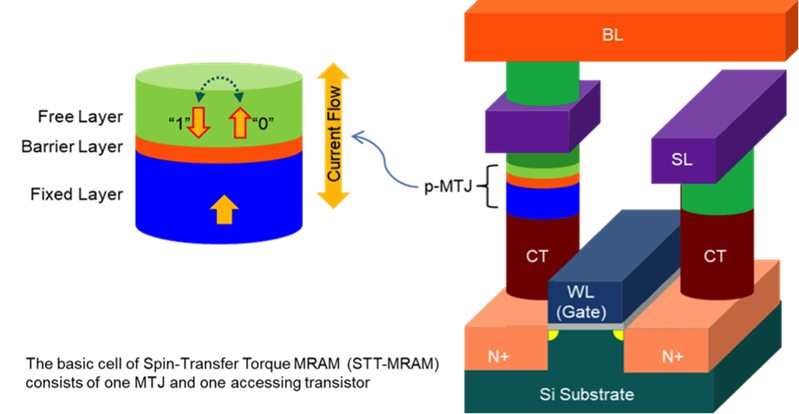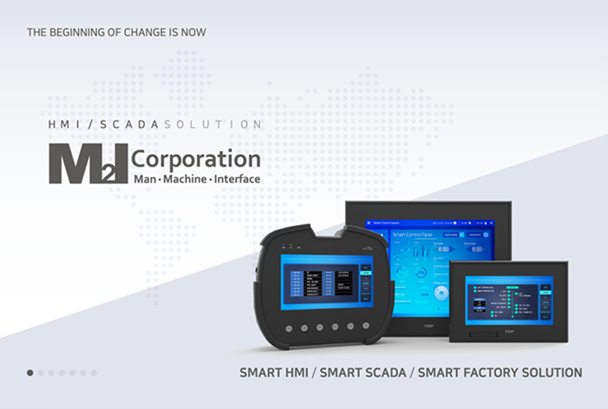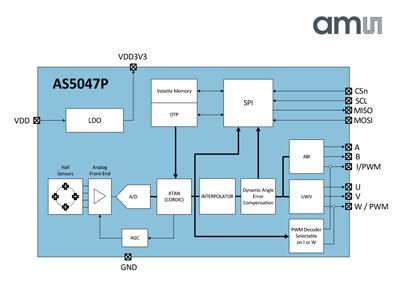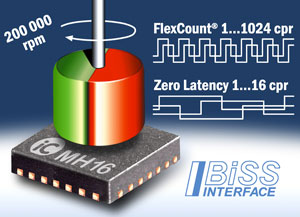
Avalanche Technology, a developer of next generation magnetic random access memory (MRAM), continues to build its presence in the market for spin-transfer torque technology. In recent developments, the company is providing its Persistent SRAM (P-SRAM) for industrial touch screen applications developed by M2I Corporation and it has introduced new evaluation kits for product designers working on industrial automation and Internet-of-Things products.
Welcome to Spintronics Fest at Magnetics Magazine
Stay tuned for more!

M2I has designed in Avalanche’s 4Mb High Performance Serial P-SRAM device into some of its human machine interface products for industrial automation systems. HMI products require an external non-volatile expansion RAM memory to store pre-rendered graphics, messages, and to log data related to alarms and internal registers. Data and message logging require the RAM to have high endurance to survive many repeated read-write operations. It also needs to be capable of fast and reliable writes to protect data in the event of unexpected power loss. “Avalanche’s family of P-SRAM non-volatile memories is the best solution today with the performance and reliability needed for our TOPR series of HMI products”, said In-Sik Kim, general manager for research & development of M2I, based in Republic of Korea.
The Serial P-SRAM from Avalanche is based on STT-MRAM (Spin Transfer Torque MRAM) and is offered in 1Mb to 16Mb densities. It is a true non-volatile random-access memory, ideal for applications that must store and retrieve data without incurring large latency penalties. Made in standard small-footprint packages, the devices offer low power, and virtually infinite endurance and retention, making them suitable for IoT and Industry 4.0 applications. Based on the same technology, its Parallel P-SRAM is available in 1Mb-32Mb density options and are ideal for non-volatile memory applications such as program storage and data logging.
MRAM is a memory that unlike conventional random access memory stores data in magnetic storage elements. The elements are formed from two ferromagnetic plates, each of which can hold a magnetization, separated by a thin insulating layer. One of the two plates is a permanent magnet set to a particular polarity; the other plate’s magnetization can be changed to match that of an external field to store memory.
The core of Avalanche’s STT-MRAM cell is a proprietary perpendicular magnetic tunnel junction element shown in the diagram at top. It includes a magnetic fixed layer, a dielectric barrier layer and a changeable ferromagnetic storage layer. The magnetic orientation of the fixed layer is fixed during the manufacturing process. During a programming operation, the magnetic orientation of the storage layer is electrically switched from a parallel state (low resistance) to an antiparallel state (high resistance), or vice versa, depending on the current direction through the element. Two distinct resistance states can thus be realized for data storage and sensing. The structure of the element can be tailored for different performance specs and application needs.

Based on its core system, Avalanche has also developed 3D Cross Point MRAM which is stackable MRAM capable of achieving gigabyte densities at low power. Providing the performance of DRAM and non-volatility of flash memories, it enables a class of memory where memory arrays are scalable to below 10nm and can be stacked to achieve densities from gigabytes to terabytes.
Two new evaluation kits for the P-SRAM were released last fall. Designers can use them to quickly develop Industry 4.0 applications that require data logging or program storage. Avalanche is located in Fremont, California. See www.avalanche-technology.com.



